Karl Richter - Bach: Christmas Oratorio (2007)
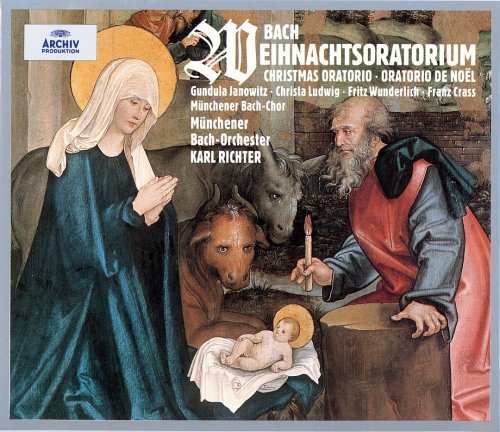
Artist: Karl Richter, Munchener Bach-Orchester
Title: Bach: Christmas Oratorio
Year Of Release: 1965 / 2007
Label: Archiv Produktion
Genre: Classical
Quality: FLAC (image + .cue, log, scans)
Total Time: 2:43:51
Total Size: 781 MB
WebSite: Album Preview
Tracklist:Title: Bach: Christmas Oratorio
Year Of Release: 1965 / 2007
Label: Archiv Produktion
Genre: Classical
Quality: FLAC (image + .cue, log, scans)
Total Time: 2:43:51
Total Size: 781 MB
WebSite: Album Preview
1. Part 1 - Chorus
2. Part 1 - Recitative
3. Part 1 - Recitative (Alto)
4. Part 1 - Aria (Alto)
5. Part 1 - Chorale
6. Part 1 - Recitative Evangelist
7. Part 1 - Chorale (Sopranos) with Recitative (Bass)
8. Part 1 - Aria
9. Part 1 - Chorale
10. Part 2 - Sinfonia
11. Part 2 - Recitative Evangelist
12. Part 2 - Chorale
13. Part 2 - Recitative Evangelist
14. Part 2 - Recitative (Bass)
15. Part 2 - Aria (Tenor)
16. Part 2 - Recitative Evangelist
17. Part 2 - Chorale
18. Part 2 - Recitative (Bass)
19. Part 2 - Aria (Alto)
20. Part 2 - Recitative Evangelist
21. Part 2 - Chorus
22. Part 2 - Recitative (Bass)
23. Part 2 - Chorale
24. Part 3 - Chorus
25. Part 3 - Recitative Evangelist
26. Part 3 - Chorus
27. Part 3 - Recitative (Bass)
28. Part 3 - Chorale
29. Part 3 - Duet (Soprano & Bass)
30. Part 3 - Recitative Evangelist
31. Part 3 - Aria (Alto)
32. Part 3 - Recitative (Alto)
33. Part 3 - Chorale
34. Part 3 - Recitative Evangelist
35. Part 3 - Chorale
36. Part 4 - Chorus
37. Part 4 - Recitative Evangelist
38. Part 4 - Recitative and Arioso Recitative (Bass)
39. Part 4 - Aria (Soprano and 2nd Soprano)
40. Part 4 - Recitative and Arioso
41. Part 4 - Aria (Tenor)
42. Part 4 - Chorale
43. Part 5 - Chorus
44. Part 5 - Recitative Evangelist
45. Part 5 - Chorus with Recitative (Alto)
46. Part 5 - Chorale
47. Part 5 - Aria (Bass)
48. Recitative Evangelist
49. Part 5 - Recitative (Alto)
50. Part 5 - Recitative Evangelist
51. Part 5 - Terzetto
52. Part 5 - Recitative (Alto)
53. Part 5 - Chorale
54. Part 6 - Chorus
55. Part 6 - Recitative Evangelist
56. Part 6 - Recitative (Soprano)
57. Part 6 - Aria (Soprano)
58. Part 6 - Recitative Evangelist
59. Part 6 - Chorale
60. Part 6 - Recitative Evangelist
61. Part 6 - Recitative (Tenor)
62. Part 6 - Aria (Tenor)
63. Part 6 - Recitative (Quartet)
64. Part 6 - Chorale
Karl Richter was regarded as one of the great Bach conductors of the twentieth century, noted for solid regularity in rhythms and a serious approach to the music, though he was not given to following the changing pronouncements of musicologists concerning historical accuracy in performance.
He was brought up in the tradition of German Protestant religious music; his father was a minister in the central German regions near where Johann Sebastian Bach had lived. Richter learned piano and organ, and as he approached his 12th birthday entered the Kreuzschule school in Dresden. After World War II, he entered the Leipzig Conservatory, where he studied with Rudolf Mauersberger, and also studied at the Leipzig Institute for Sacred Music, where he learned Bach interpretation from Karl Straube and Günther Ramin. Very soon he was appointed choirmaster of the Christuskirche in Leipzig at the age of 20, and in 1947 became the organist of the Thomanerkirche, both institutions with strong Bach traditions.
He left East Germany in 1950 to live in West Germany and settled in Munich, where he was organist of the Markuskirche and started teaching that same year at the Hochschule für Musik of Munich. He organized the Munich Bach Choir in 1951, and in 1953 added to it the Munich Bach Orchestra. His performances naturally centered on Bach and under Richter his musicians and singers became one of the most renowned organizations specializing in the music of the great German master and his era.
The formation of the Munich Bach Chorus and Orchestra reflected a growing international interest in music of the Baroque and, sparked by the advent of the LP record, the notion of integral series of composers' works. Deutsche Grammophon's Archiv label was the first of such historic specialty sub-labels. Richter and his Bach Choir and Orchestra became a major pillar of that label and recorded numerous Bach choral works, gaining international recognition.
They toured frequently, and Richter also played and recorded often as an organist and harpsichordist. In 1968, Richter made one of his most dramatic guest conducting tours when he conducted the St. John Passion and the B minor Mass in both Moscow and Leningrad at a time when religious music of any sort was rarely heard in the Soviet Union.
Although his regularity of tempo (some called it inflexibility) placed him apart from the Romantic manner of performing Bach, Richter's performances otherwise retained the Romantic era's approach, stressing the solemnity of Bach's music and including dramatic large-scale dynamic contrasts. Newer research and the growing popularity of "original" or "period" instrument performances did not affect his interpretations, which used modern instruments. In some respects, younger interpreters who emerged in the 1970s considered him the representative of an approach against which they were reacting.
Later in his career, Richter enlarged his repertory to conduct Classical, and even Romantic, era works, but tended to remain known primarily as a Baroque specialist. He is best remembered for his mastery of Baroque choral/orchestral works of the largest scale, where his architectural approach to the music is most effective. His recordings of the Bach Passions, oratorios, B minor Mass, and Magnificat, as well as Handel oratorios such as the Messiah, are considered his most important contribution to the Baroque discography. -- Joseph Stevenson
He was brought up in the tradition of German Protestant religious music; his father was a minister in the central German regions near where Johann Sebastian Bach had lived. Richter learned piano and organ, and as he approached his 12th birthday entered the Kreuzschule school in Dresden. After World War II, he entered the Leipzig Conservatory, where he studied with Rudolf Mauersberger, and also studied at the Leipzig Institute for Sacred Music, where he learned Bach interpretation from Karl Straube and Günther Ramin. Very soon he was appointed choirmaster of the Christuskirche in Leipzig at the age of 20, and in 1947 became the organist of the Thomanerkirche, both institutions with strong Bach traditions.
He left East Germany in 1950 to live in West Germany and settled in Munich, where he was organist of the Markuskirche and started teaching that same year at the Hochschule für Musik of Munich. He organized the Munich Bach Choir in 1951, and in 1953 added to it the Munich Bach Orchestra. His performances naturally centered on Bach and under Richter his musicians and singers became one of the most renowned organizations specializing in the music of the great German master and his era.
The formation of the Munich Bach Chorus and Orchestra reflected a growing international interest in music of the Baroque and, sparked by the advent of the LP record, the notion of integral series of composers' works. Deutsche Grammophon's Archiv label was the first of such historic specialty sub-labels. Richter and his Bach Choir and Orchestra became a major pillar of that label and recorded numerous Bach choral works, gaining international recognition.
They toured frequently, and Richter also played and recorded often as an organist and harpsichordist. In 1968, Richter made one of his most dramatic guest conducting tours when he conducted the St. John Passion and the B minor Mass in both Moscow and Leningrad at a time when religious music of any sort was rarely heard in the Soviet Union.
Although his regularity of tempo (some called it inflexibility) placed him apart from the Romantic manner of performing Bach, Richter's performances otherwise retained the Romantic era's approach, stressing the solemnity of Bach's music and including dramatic large-scale dynamic contrasts. Newer research and the growing popularity of "original" or "period" instrument performances did not affect his interpretations, which used modern instruments. In some respects, younger interpreters who emerged in the 1970s considered him the representative of an approach against which they were reacting.
Later in his career, Richter enlarged his repertory to conduct Classical, and even Romantic, era works, but tended to remain known primarily as a Baroque specialist. He is best remembered for his mastery of Baroque choral/orchestral works of the largest scale, where his architectural approach to the music is most effective. His recordings of the Bach Passions, oratorios, B minor Mass, and Magnificat, as well as Handel oratorios such as the Messiah, are considered his most important contribution to the Baroque discography. -- Joseph Stevenson
Related Releases:
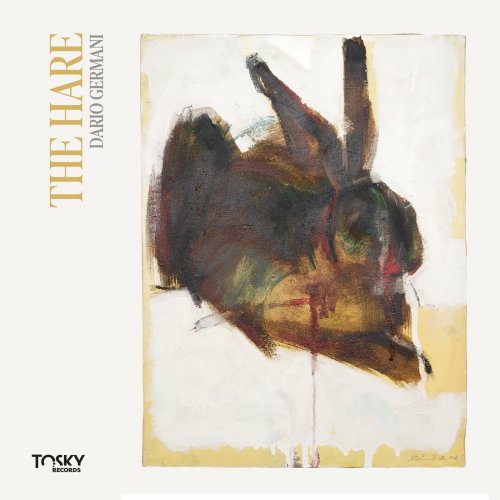

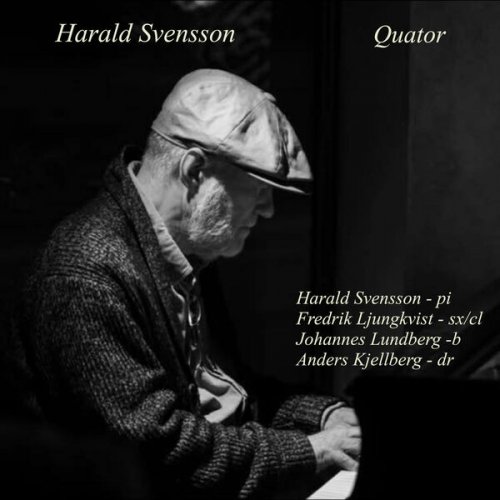
![Machito and His Orchestra - Irving Berlin in Latin America (Remastered Edition 2025) [Hi-Res] Machito and His Orchestra - Irving Berlin in Latin America (Remastered Edition 2025) [Hi-Res]](https://www.dibpic.com/uploads/posts/2025-12/1765784965_moib.jpg)
![Posey Royale - The Real Low-Down (2025) [Hi-Res] Posey Royale - The Real Low-Down (2025) [Hi-Res]](https://www.dibpic.com/uploads/posts/2025-12/1765494723_zbd6vfngwwskb_600.jpg)
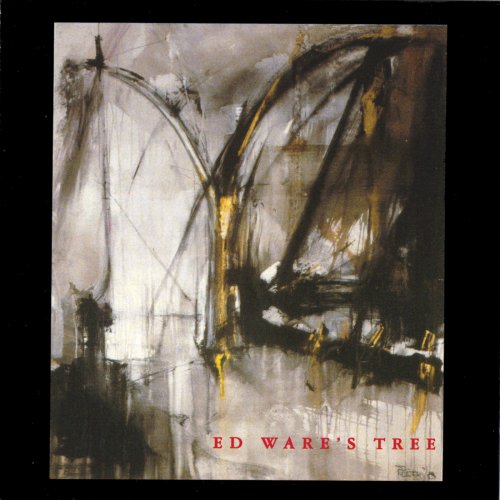
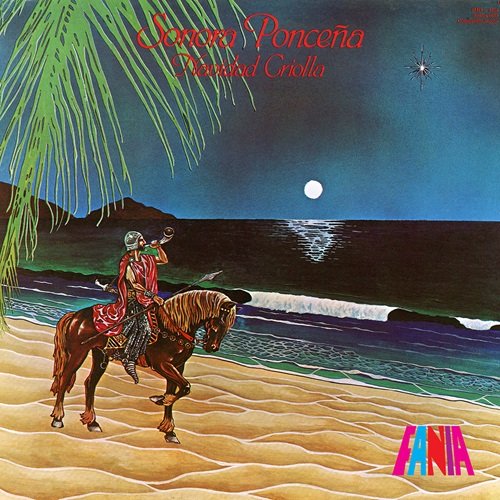
![Coco Chatru Quartet - Lost Christmas (2025) [Hi-Res] Coco Chatru Quartet - Lost Christmas (2025) [Hi-Res]](https://www.dibpic.com/uploads/posts/2025-12/1765719561_coco-chatru-quartet-lost-christmas-2025.jpg)
![Amira Kheir - Black Diamonds (2025) [Hi-Res] Amira Kheir - Black Diamonds (2025) [Hi-Res]](https://www.dibpic.com/uploads/posts/2025-12/1765640459_tf7wrmc9lqmqc_600.jpg)